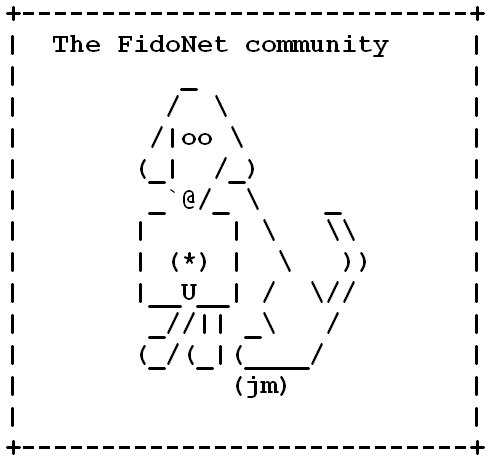In nature, it’s common for a species to disappear due to a stronger opposing species and it has been so for many thousands of years. Well in the world of IT we have the same rules. Technology only stays if it is still useful and there is no better replacement for it. Thus Darwin’s “survival of the fittest” also applies to the tech. In this week’s blog post I will be describing both sides of the story – an extinct technology and a technology that has survived the test of time.

First I will discuss our survivor, the C programming language. Derived from the typeless language BCPL, C was initially made as a programming language for the Unix platform. Even though it has been here since the 70s, it still finds many uses today. For example, many modern programming languages are using compilers or interpreters that are written in C, it is still a common language to use for lower-level programs such as kernels. Even though nowadays people mostly think of Python, Java, and C++ as the dominant languages of the programming world, the TIOBE index reminds us that the pioneer of programming is still in the top charts. According to the TIOBE index for February 2021, C is the most used programming language in the world, with Java and Python just behind it. In my first semester I had to take a mandatory course on C programming language, which was also the first programming experience I ever had. It was tough in the beginning but nonetheless I still enjoyed learning it!

Although the programming language releases new versions very rarely, it has still been one of the most dominant programming languages over the years.

As for the technology that is extinct or near-extinct, I chose the BBS (Bulletin board system). The BBS was the way people communicated online before the arrival of the World Wide Web. BBS was accessible from a dial-up modem, Telnet or the Internet. Because graphical user interface was not yet widely used, the BBS interfaces were text-based, as seen from the FidoNet logo. In 1978 the first BBS called the Computer Bulletin Board System or CBBS for short was created. Even though ARPANET was still used back then, it was restricted by the US government. When CBBS became available for the public, it was in a way one of the first non-military computer-based communities. Although BBS are not widely used anymore, there are still some parts of the world where BBS are still in use. Mostly for 2 reasons, either regular Internet is not available or people like the nostalgic feeling of BBS.
In conclusion, there are a lot of technologies that did not survive over the years, but those that did still have a massive impact on today’s IT. We may think that the technologies we use nowadays are here to stay, but seeing how fast technologies is changing, nothing is guaranteed to stay the same.
Sources: